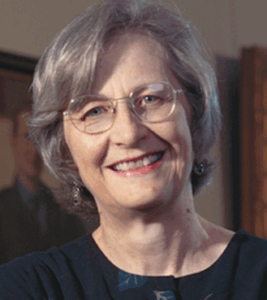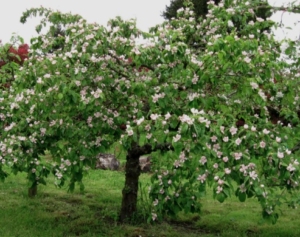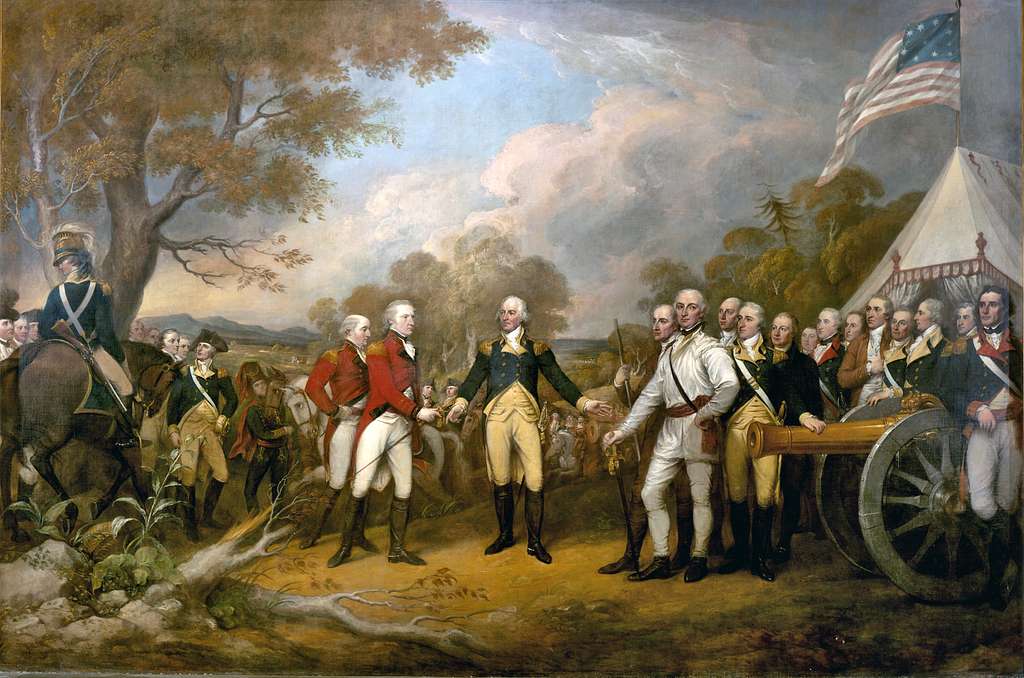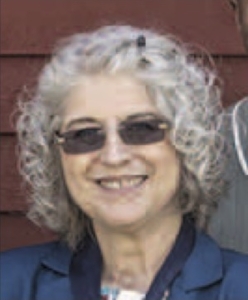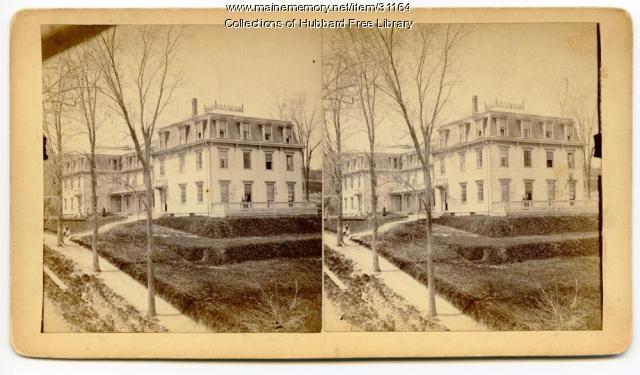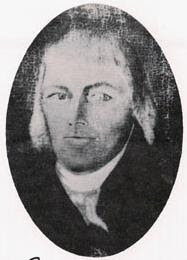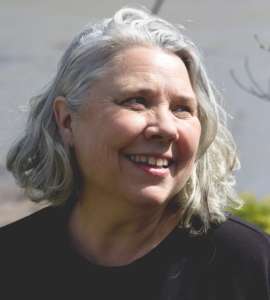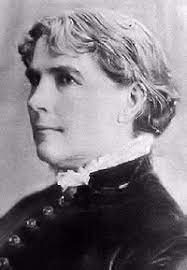Up and Down the Kennebec Valley: Martha’s children
 by Mary Grow
by Mary Grow
This article continuing the Ballard family history will summarize information about three of Martha and Ephraim’s six children who lived to adulthood – space limits postpone the other three, and the end of Jonathan’s story, to next week. As related previously, three Ballard children died young, in a 1769 diphtheria epidemic in Oxford, Massachusetts.
The surviving children, in order of birth, were Cyrus, Lucy, Jonathan, Hannah, Dorothy (Dolly) and Ephraim, Jr. The first five were born in Oxford between 1756 and 1772; Ephraim, Jr., was born in 1779, after the family moved to Hallowell.
All but Lucy outlived their mother. The excerpts from Martha’s diary that Laurel Thatcher Ulrich included in “A Midwife’s Tale” show that Lucy had frequent health issues; there are several references to her being ill after the birth of one of the children (see below for varied numbers) she had by her husband, Ephraim Towne.
For example, in May, 1789, Ulrich wrote (using Martha’s diary as her source) that Lucy “fell ill of a fever” a week after giving birth (to the second daughter named Hannah, if WikiTree’s list below is accurate; Ulrich gave the child neither name nor sex). Because, Ulrich claimed, separating a newborn from his or her mother was a last resort, Lucy continued to try to nurse the baby; only after 10 days, when the child “seemed to be suffering,” did neighbors with babies assist.
* * * * * *
Cyrus Ballard was born Sept. 11, 1756, in Oxford. He never married. Ulrich described him as a “peripatetic [wandering] miller,” working in the family mill and living at home for a while, then taking a job at another mill, perhaps in Waterville or Pittston, at least once as far away as Lincolnville (almost 50 miles from Hallowell).
In November 1792, for example, Martha recorded that he came home after working in “Mr Hollowells” grist mill for 14 months, and two days later “went to Pittston and brot his chest & things home.”
When he was home, Cyrus ran errands for his mother, worked in his father’s mill, helped with gardening and other chores and was generally useful. Martha was seldom sentimental about him – or anyone else – in the entries Ulrich chose to copy; but she seemed to prefer his company to his absence.
In the fall of 1804, when Ephraim had been in jail since early January for failure to pay debts and Cyrus left home to “tend mill for Mr. Pullin at Watervil,” Martha wrote, “I wish him health and prosperity but alas how shall I do without him.” (The next day, she wrote, 13-year-old grandson Jack, Jonathan’s oldest son, brought water and cut wood for her.)
Neither Ulrich nor any other source your writer found said when or where Cyrus died.
* * * * * *
Lucy Ballard was born Aug. 28, 1758, in Oxford. On Feb. 4, 1778, in Hallowell, she married her first cousin, Ephraim Towne or Town (his mother, Hannah [Ballard] Towne, was Ephraim Ballard’s younger sister).
The couple moved to Winslow in 1784.
Ulrich’s choices from Martha’s diary show that she was the attending midwife when at least two of Lucy’s children were born (and probably all). Find a Grave says the Townes had nine children; Ulrich said 11.
WikiTree lists 10: 1) Ezra, born September 8, 1778, died November 14, 1811, in Farmington; 2) John, born February 4, 1780, died April 10, 1785; 3) Mary “Polly” (Towne) Smith, born November 5, 1781, died Nov. 27, 1871; 4) Martha “Patty,” born August 13, 1783, died June 29, 1820; 5) Lucy, born July 23, 1785, died April 24, 1802; 6) Hannah, born November 14, 1787, died February 8, 1788; 7) a second Hannah, born May 4, 1789, died July 10, 1793; 8) Dolly, born November 24, 1791, never married, died August 9, 1858; 9) John, born October 3, 1793, died in Madison, March 29, 1885; and 10) Betsey (Towne) Tilton, born April 13, 1797, died February 20, 1895, in East Livermore.
Ulrich, based on Martha’s writing, added to WikiTree’s list a daughter born in September, 1795, who lived only two hours, due to “an obstruction of breath at the Nostrils.”
First son Ezra was born seven months after Lucy married. Ulrich said Lucy’s, Jonathan’s and Ephraim, Jr.’s first children were all conceived before marriage, as were many others in those days.
Lucy Ballard Towne died Nov. 8, 1798, with her mother among those who attended her in her final illness. Ulrich did not supply details. WikiTree says Ephraim Towne later married Eunice Stackpole, by whom he had three more children.
* * * * * *
Jonathan Ballard was born in Oxford March 4, 1763. Ulrich, comparing him to Cyrus, called him the “flamboyant and rebellious younger brother.” Later she mentioned his “vandalism, fighting, and drinking.”
Jonathan’s “temperament” was a recurring theme in his mother’s diary.
In the summer of 1791, after Martha and Ephraim settled in their second home (see references to their moving and starting a new garden in the Nov. 13 issue of “The Town Line”), she wrote that Cyrus brought Jonathan’s “things” and his sow to the new house.
Ulrich thought Jonathan might have spent the early summer working for Peter Jones, owner of the house the Ballards had left. She quoted a Nov. 22 diary entry: the “gentlemen” chosen to decide the dispute between Peter Jones and Jonathan had awarded damages and court costs to Jones.
“I would wish my son might learn to govern his temper for the futer [future],” Martha wrote.
He didn’t. Martha’s March 17, 1804, unusually long diary entry described the “scean” that evening, after a young hired man named Lemuel Witham took “Son Lambard’s” (son-in-law Barnabas Lambard, Dolly’s husband) horse and sleigh to a tavern to bring Jonathan home, found him not ready and brought the horse and sleigh back.
Jonathan therefore had to walk home. He “Came here without his hat, took him [Lemuel] from his supper, push him out a dors, Drove him home to his house, damning and pushing him down and struck him. Shaw and Burr [neighbors] went on after to prevent his being diprived of life.”
Martha followed, “falling as I went,” and Dolly and others joined in. Jonathan was still “Cursing and Swearing he would go and giv him a hard whipping.” The men were separated for the night; Lambard brought Martha home; and she concluded her entry, “O that the God of all Mercy would forgiv him [Jonathan] this and all other misconduct.”
A few pages later, Ulrich revealed she had found a similar diary entry from two years earlier, when Jonathan’s wife Sally and their children were having supper at Martha’s and Jonathan came in “in a great passion about his white Mare being hurt.”
“It overcame me so much I was not able to sett up,” Martha wrote. Ulrich commented that this first outburst left Martha “immobilized, psychologically struck down.” In the second incident, however, “fear for Lemuel Witham’s safety propelled her into the middle of the fray, delaying her own collapse.”
Although Dolly and her husband helped Martha on March 17, Ulrich wrote that when Dolly and her sister Hannah visited March 18, they apparently were less helpful as they discussed what had happened. On March 20, Martha wrote that Jonathan “spake very indecently” to his mother; but the diary rebuked “all who do injure my feelings” and hoped “May they consider they may be old and receiv like Treatment.” (Martha was born in February 1735, so in March 1804 she would have been just past her 69th birthday.)
Ulrich also quoted an October 1804 diary entry in which Martha complained that Jonathan “treated me very unbecomingly indead. O that God would Chang his stubborn heart and Cause him to behave in a Cristion like manner to parents and all others.”
Ulrich found other information sources that led her to comment that “Of all the Ballards, Jonathan appears most frequently in county court records, both as a plaintiff and as a defendant.”
Between 1797 and 1803, she wrote, Jonathan Ballard was involved in 29 cases before the Kennebec County Court of Common Pleas, 19 he brought and 10 brought against him. He won 15 cases, Ulrich said.
Five cases involving Jonathan were appealed to the Supreme Judicial Court, Ulrich found. He won one, getting $3.33.5 for reporting a man for selling liquor without a license.
Jonathan was sometimes in debt; Ulrich mentioned at least three brief imprisonments. His family found money to free him at least once. In May of 1809, six of his oxen were seized to pay a creditor.
In another comment on Jonathan, however, Ulrich wrote that he “was impulsive and perhaps given to hard drinking, but he was no ne’er-do-well.” Starting in 1787, he acquired a 200-acre farm on the north edge of Augusta, and by 1800 he owned a total of 348 acres in the town.
Jonathan married Sarah “Sally” Pierce on Feb. 23, 1792, in Hallowell — “reluctantly” Ulrich wrote, and only because she “had initiated a paternity suit against him.”
Elsewhere, Ulrich recorded that on Oct. 23, 1791, in the snow, Martha went to Sally Pierce’s to deliver the unwed mother of “a fine son.”
As Massachusetts law then required, she asked Sally who the father was; and Sally “declared that my son Jonathan was the father of her child.” Ulrich explained the law determined who should pay child support, and was based on the theory that a woman in the middle of giving birth wouldn’t lie.
Sally named her son Jonathan; he was known as Jack from infancy.
Neither Martha nor Ephraim went to Jonathan’s wedding, Ulrich said. Martha wrote that Jonathan first brought Sally and their son to visit her at the end of February, 1792. By March 2, Martha wrote that she “Helpt Sally nurs her Babe.” As was the custom, Jonathan and Sally lived alternately with his parents and hers for a month, settling into their own place (“went to housekeeping”) on April 4, 1792.
At Hallowell’s June town meeting, Ulrich wrote, Jonathan and half a dozen other newly married men were elected hog reeves (town officials responsible for rounding up roaming pigs and assessing any damage done), “a humorous acknowledgment by the town fathers that another roving stag had been yoked.”
On May 9, 1809, Martha recorded that Jack Ballard came to tell his grandparents he was leaving for Liverpool, and on May 10 “sett out for sea.” But he came back home May 15: “Could not get a Chance to go to sea.”
FamilySearch says Sally and Jonathan had 10 children; Find a Grave says 12; WikiTree says 13. Here is WikiTree’s list, longest but not necessarily most accurate.
1) Jonathan, born Oct. 24, 1791; 2) DeLafayette, born Feb. 4, 1793, died Oct. 9, 1833; 3) Hannah Kidder (Ballard) Pinkham, born Feb. 1, 1795, died May 21, 1886, in Massachusetts (FamilySearch says she died in 1818); 4) Ephraim, born Feb. 17, 1797, died Dec. 16, 1868; 5) William Y., born in 1799 (Find a Grave says 1795), died Jan. 29, 1896; 6) Sarah (Ballard) Pillsbury, born Jan. 11, 1801, died May 15, 1880, in Massachusetts; 7) Martha M. (Ballard) Barton, born Nov. 22, 1802, died in Clinton around 1845; 8) a son who was born and died April 3, 1804; 9) Samuel Adams, born April 19, 1805, died Nov. 27, 1806, aged one; 10) James Sullivan, born April 23, 1807, died Oct. 11, 1847; 11) Elizabeth Augusta, born April 3, 1809, died July 19, 1818, aged nine; 12) and 13), unnamed twin sons, born March 17, 1812, and died within days.
Ulrich wrote that after Sarah was born on Jan. 11, 1801, Sally was “burdened…with a new baby, a houseful of children, a temperamental husband, and a younger sister who needed constant attention.” The younger sister was Hitty Pierce, unmarried but not childless; the children (earlier, Ulrich said there were five; it is not clear how many were Sally’s and how many Hitty’s) included Hitty’s dying son, John, who had been badly burned in December, 1800.
To be continued
Main sources
Ulrich, Laurel Thatcher, A Midwife’s Tale The Life of Martha Ballard, Based on Her Diary, 1785-1812 1990
Websites, miscellaneous.


